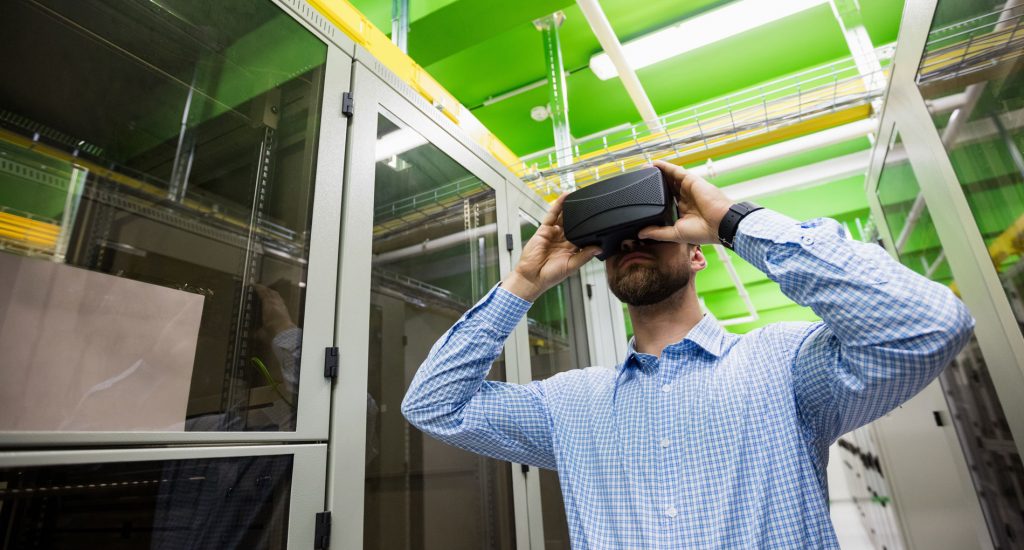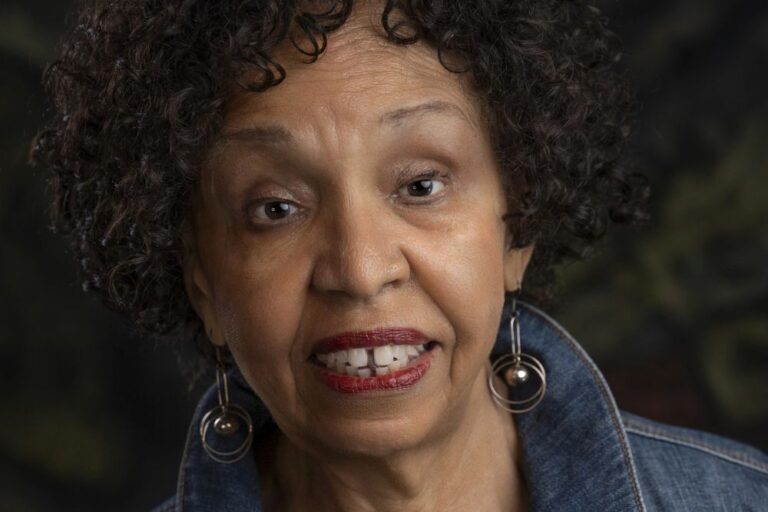
Walking the Great Wall of China or exploring the Parthenon without leaving the classroom may seem like something out of a sci-fi movie, however, this futuristic concept is a present-day reality thanks to virtual reality programs. Experience Architecture majors senior Tommy Truong and junior Eric Martin are researching how to utilize virtual reality to enhance the pedagogy of the humanities as well as how it can benefit the area of accessibility.

The project began with a request from the Detroit Institute of Arts, which wanted to create a free method of modeling art exhibits. Using Microsoft’s Kinect, Martin and Truong developed an interactive art exhibit that, in turn, inspired them to begin applying the concept of virtual reality to their own education.
“What we were getting at was an accessible and affordable way to create environments and stimulations for education,” Truong said. “We wanted to create a platform for faculty in the humanities that allows them to think about virtual reality and how it can benefit their own pedagogy.”
With the help of faculty advisor Jon Frey, Associate Professor of Classics and Art History, Martin and Truong began focusing their research on how to make hands-on learning accessible to every student and less on the technical skills that go into the virtual reality process.
We can’t experience everything, but by being able to use virtual reality, we have the opportunity to see the world through someone else’s eyes.
TOMMY TRUONG
“Due to student or faculty economic situations or time constraints, they may not be able to travel the world to view different locations or events, but we can rebuild those as simulations and they can see it for themselves,” Truong said. “And it’s not just through the interpretation of a filmmaker or a photographer; it’s a 360-degree immersive environment that they can interpret for themselves.”
Since beginning their research, Truong and Martin have presented at the Undergraduate Research and Fellowships Conference (URAF), two LOCUS conferences at MSU, and the SIGDOC Telecommunications and Design Conference in Washington, D.C., where they placed third in the student research competition. Most recently, the pair presented at the Making Learning Accessible Conference at MSU in December.

“Presenting on this topic enhances my learning by allowing me to present in a manner that helps other people understand it better, and it usually helps me think outside the box and look into other areas of research,” Martin said.

The Making Learning Accessible Conference included a “test kitchen” experience, where attendees were able to test the presenters’ products, including Truong and Martin’s virtual reality headsets. For this, Truong and Martin used a program created by Alzheimer’s Research UK that simulates the experience of having dementia.
“It was nice being able to speak with people who were also interested in the topic and see what they enjoyed about it and what questions they had,” Martin said. “I think it benefitted the testers because I was able to elaborate on some of the specifics of virtual reality and how it can affect pedagogy and accessibility.”
Above all, the pair is proud of the potential impact their project has to make on society.
“One of the best things I’ve learned from all of this is how to help people build empathy,” Truong said. “We can’t experience everything, but by being able to use virtual reality, we have the opportunity to see the world through someone else’s eyes, whether that be a simulation, a game, or some kind of story. I want to use this experience as a way to extend my ability to tell stories and build empathy.”
During the winter 2017 semester, Truong and Martin hope to receive a grant that will allow them to create an augmented reality art exhibit to be displayed on MSU’s campus.
Written by Alexandria Drzazgowski, Professional Writing Major


